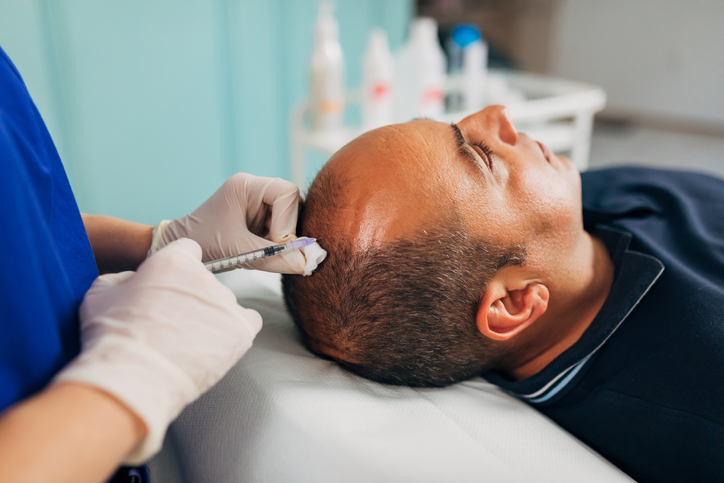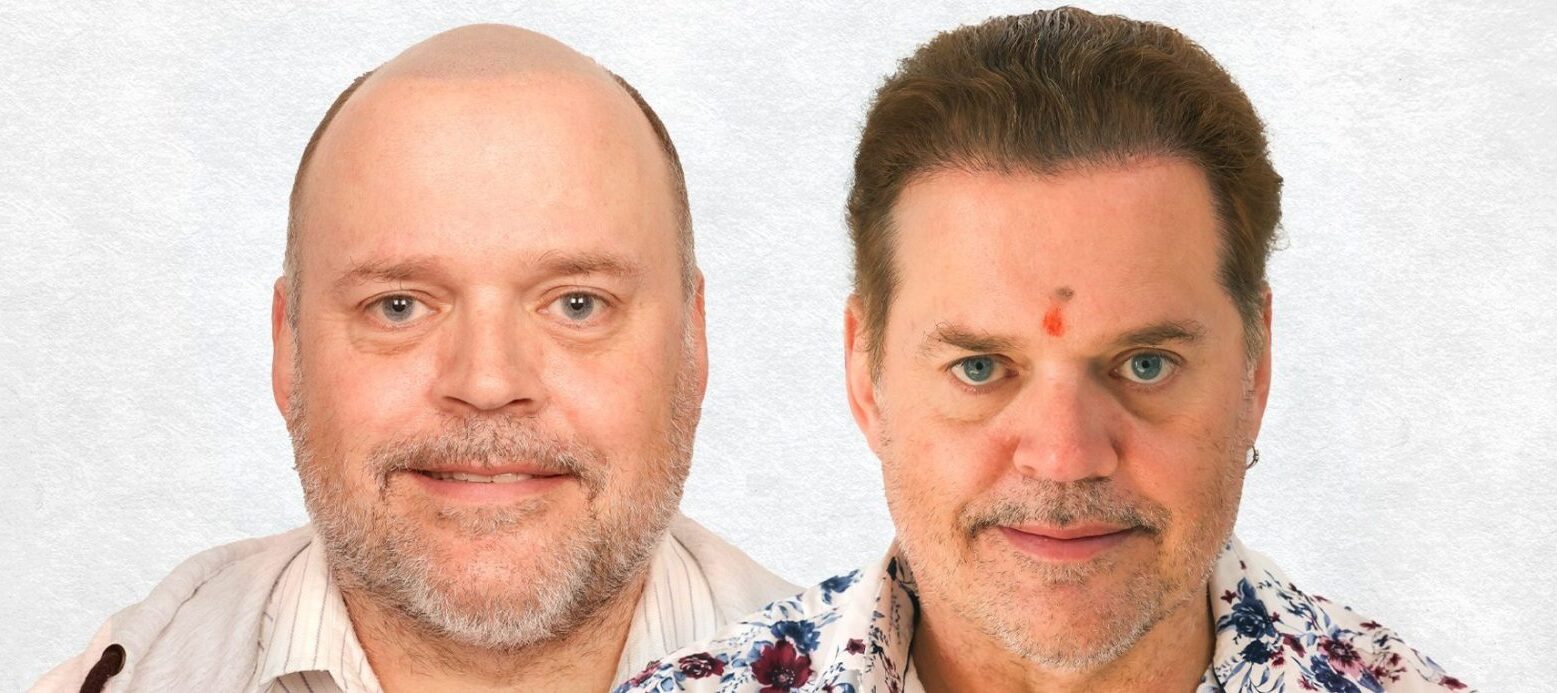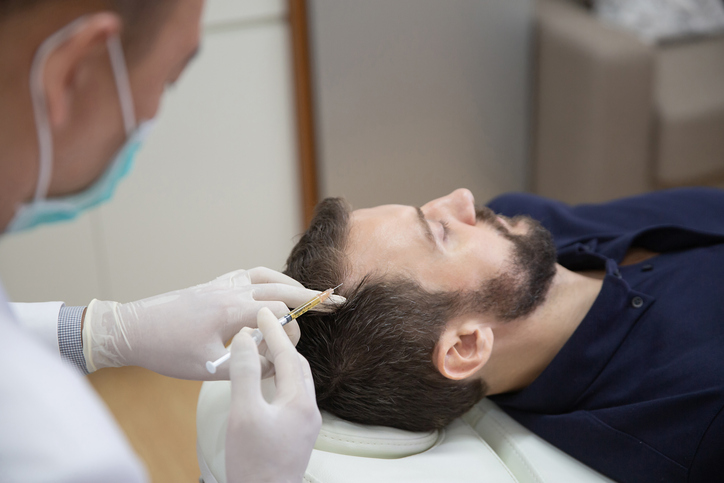Hair loss can be a distressing experience, and for many individuals seeking a permanent solution, a hair transplant offers a viable option. However, one of the key considerations when contemplating a hair transplant is the cost involved. Hair transplant costs can vary significantly depending on several factors.
Clinic Reputation and Surgeon Expertise:
The reputation of the clinic and the expertise of the surgeon are significant factors that influence hair transplant costs. Reputable clinics with experienced surgeons who specialise in hair transplantation may charge higher fees due to their track record, expertise, and success rates. Choosing a well-established clinic and a skilled surgeon ensures a higher likelihood of achieving satisfactory results, but it may come with a higher price tag.
Surgical Technique:
The chosen surgical technique for hair transplantation also affects the overall cost. Two common techniques used are Follicular Unit Transplantation (FUT) and Follicular Unit Extraction (FUE). FUT involves removing a strip of scalp and dissecting it into individual hair follicles for transplantation. FUE, on the other hand, involves extracting individual follicles directly from the donor area. FUE is generally a more time-consuming and labour-intensive procedure, leading to higher costs compared to FUT.
Number of Grafts Required:
The number of grafts required for a hair transplant is a crucial factor in determining the cost. The extent of hair loss and the desired hair density influence the number of grafts needed. More extensive hair loss or a desire for higher density will require a larger number of grafts, which directly affects the overall cost of the procedure. During the initial consultation, the surgeon will assess the patient’s specific needs and provide an estimate of the number of grafts required.
Donor Hair Availability:
The availability of donor hair also plays a role in hair transplant costs. The donor area is typically the back and sides of the scalp, where healthy hair follicles are harvested for transplantation. If the donor area has limited hair density or insufficient donor hair, additional procedures or techniques such as body hair transplantation may be necessary, which can increase the overall cost of the procedure.
Geographic Location:
The geographic location of the clinic can impact hair transplant costs. In general, clinics located in metropolitan areas or areas with a higher cost of living tend to have higher fees. This is influenced by factors such as overhead expenses, staff salaries, and facility costs. Clinics located in less urban areas or regions with lower living costs may offer more competitive prices. However, it is important to prioritise the quality and expertise of the clinic and surgeon over cost considerations alone.
Additional Services and Facilities:
Additional services and facilities provided by the clinic can also contribute to the overall cost. Some clinics offer comprehensive packages that include pre-operative assessments, post-operative care, follow-up appointments, and additional treatments such as PRP therapy or scalp micropigmentation. These additional services may add to the overall cost but can provide convenience and a more comprehensive approach to hair restoration.
Individual Factors and Customization:
Each hair transplant procedure is unique and tailored to the individual’s specific needs. Factors such as the complexity of the case, previous hair transplant revisions, and individual requirements for a natural-looking outcome can impact the cost. Customization of the procedure to match the patient’s hair characteristics, hairline preferences, and aesthetic goals may require additional time and resources, which can influence the overall cost.
Post-Operative Care and Follow-Up:
Post-operative care and follow-up appointments are essential components of a successful hair transplant. The cost of these services may be included in the overall package or charged separately. Regular follow-up appointments allow the surgeon to monitor the progress of the transplant, address any concerns, and provide guidance for optimal results.
It is crucial to note that while cost is an important consideration, the quality and expertise of the clinic and surgeon should be the primary factors influencing the decision. Hair transplant surgery is a significant investment, and opting for lower-cost options without considering the qualifications and experience of the surgeon may lead to unsatisfactory results and additional expenses in the long run.
In conclusion, several factors affect the cost of hair transplant, including clinic reputation, surgeon expertise, surgical technique, number of grafts required, donor hair availability, geographic location, additional services, customization, and post-operative care. It is essential to consult with reputable clinics, discuss individual requirements, and consider long-term outcomes when evaluating the cost of a hair transplant. By prioritising quality and expertise, individuals can make informed decisions and invest in a hair transplant procedure that provides satisfactory and long-lasting results.





